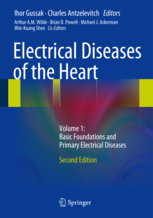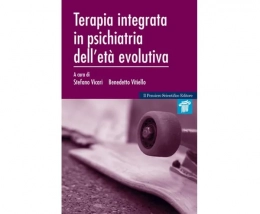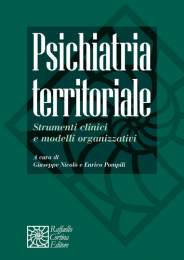Non ci sono recensioni
- Provides a perspective on primary (heritable) electrical disease of the heart and sudden cardiac death in cardiology, neurology, nephrology, endocrinology by emphasizing the clinical and basic aspects of the physiology and pathophysiology in conjunction with new clinical findings and research discoveries
- Thought-provoking and enlightening emphases on the latest research and clinical accomplishments
- Structure of chapters: exposure to the experimental background of each electrical disease, syndrome, and ECG phenomenon stressing the relationship with clinical practice
The past two decades have witnessed an explosion of knowledge and radical changes in our understanding of the molecular, ionic, genetic, and pharmacologic basis of electrical diseases of the heart. Electrical diseases of the heart are heritable arrhythmogenic clinical entities that may share common clinical and genetic features, yet may be distinctly different in their genesis, prognosis, and management. Notably, both congenital and acquired electrical diseases of the heart are receiving increased recognition as a result of important advances in genetic analysis.
In this second edition of Electrical Diseases of the Heart, the Editors’ goal has been to embrace and highlight the explosion of knowledge that our field has witnessed since the publication of the first edition. The approach continues to be one of bridging basic and clinical science in an attempt to advance meaningfully our understanding of heart disease and identify the knowledge gaps that exist. This volume covers the basic foundations and primary electrical diseases and with the companion volume provides the latest developments in the field of experimental and clinical cardiac electrophysiology, genetics, pharmacology and interventional therapies of various clinical arrhythmogenic entities.
Residents, fellows and physicians in cardiology and electrophysiology will gain valuable insight into the latest developments in the field of cardiac electrophysiology and clinical electrocardiology by reading this book, including expert review of the genetic and epidemiologic considerations, diagnostic and therapeutic modalities of the newly discovered clinical syndromes and electrocardiographic phenomena, and their correlation with the most recent advances in the basic science.
Table of contents
Basic Cardiac Electrophysiology- Promises Kept and Promises to Keep.- Basic Physiology of Ion Channel Function.- Developmental Aspects of the Electrophysiology of the Heart: Function Follows Form.- Anatomic and Histopathologic Characteristics of the Conductive Tissues of the Heart.- Neural Regulation of the Heart in Health and Disease.- Mechanisms of Cardiac Arrhythmia.- Mechanisms of Action of Antiarrhythmic Drugs in Ventricular Arrhythmias.- Mechanisms of Action of Antiarrhythmic Drugs in Atrial Fibrillation.- Mechano-Electrical Interactions and their Role in Electrical Function of the Heart.- Pathological Roles of the Cardiac Sodium Channel Late Current (late INa).- Sodium Ion Channelopathies.- L-Type Calcium Channel Disease.- Nerve Sprouting, Defibrillation and Calcium Waves.- K+ Channelopathies (IKs, IKr, and Ito).- Cardiac ATP-Sensitive Potassium Channels and Associated Channelopathies.- Cardiac KATP Channels in Health and Diseases.- Ca2+ Release Channels (Ryanodine Receptors) and Arrhythmogenesis.- Caveolae and Arrhythmogenesis.- Senescence and Arrhythmogenesis.- Comparisons of Substrates Responsible for Atrial versus Ventricular Fibrillation.- Single Nucleotide Polymorphisms in Health and Cardiac Disease.- Electrophysiological Remodeling in Heart Failure.- Ventricular Electrical Remodeling in Compensated Cardiac Hypertrophy.- Physiological and Other Biological Pacemakers.- Cardiac Memory: From Electrical Curiosity to Clinical Diagnostic and Research Tool.- Heritable Arrhythmogenic Channelopathies, Primary Electrical Diseases, and Sudden Cardiac Death.- Celebrating the Challenge of Cardiac Arrhythmias.- Congenital Long QT Syndrome.- Brugada Syndrome – Clinical and Genetic Aspects.- Brugada Syndrome: Cellular Mechanisms and Approaches to Therapy.- Early Repolarization Syndrome: Epidemiology, Genetics, and Risk Stratification.- Catecholaminergic Polymorphic Ventricular Tachycardia.- Andersen-Tawil and Timothy Syndromes.- Short QT Syndrome.- Progressive Cardiac Conduction Disease.- Genetics of Atrial Fibrillation.- Idiopathic Ventricular Fibrillation.




